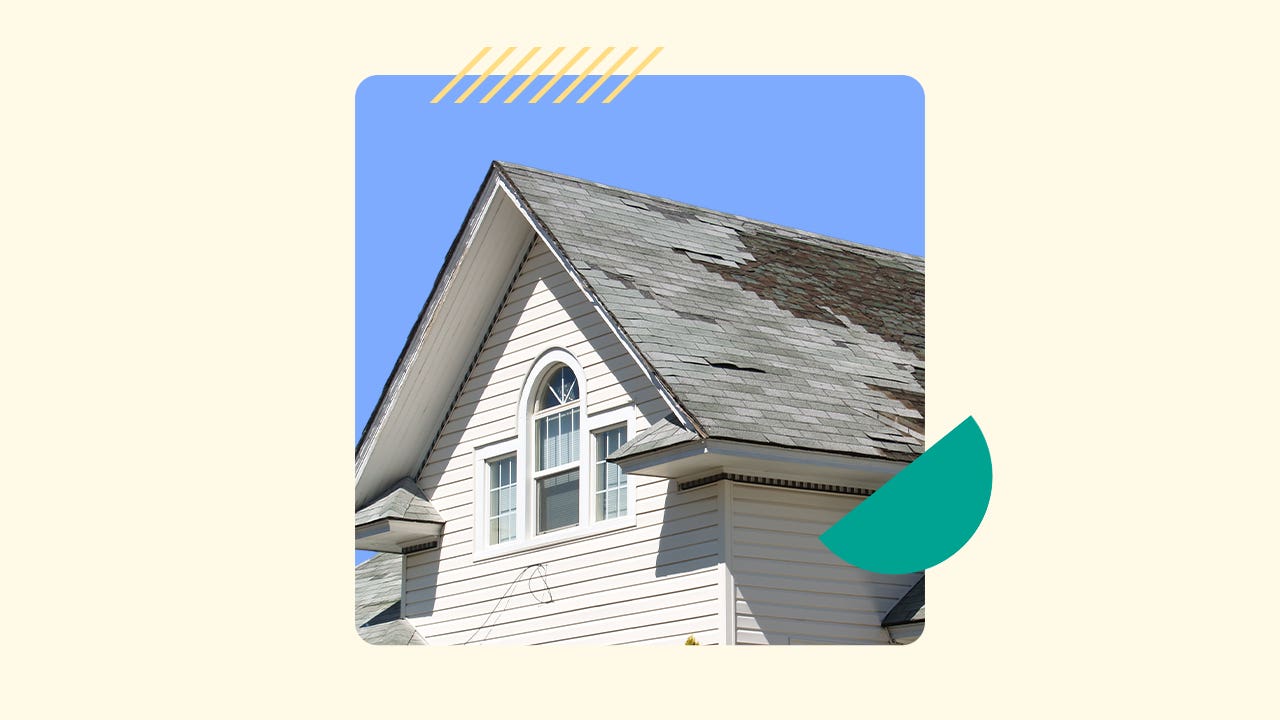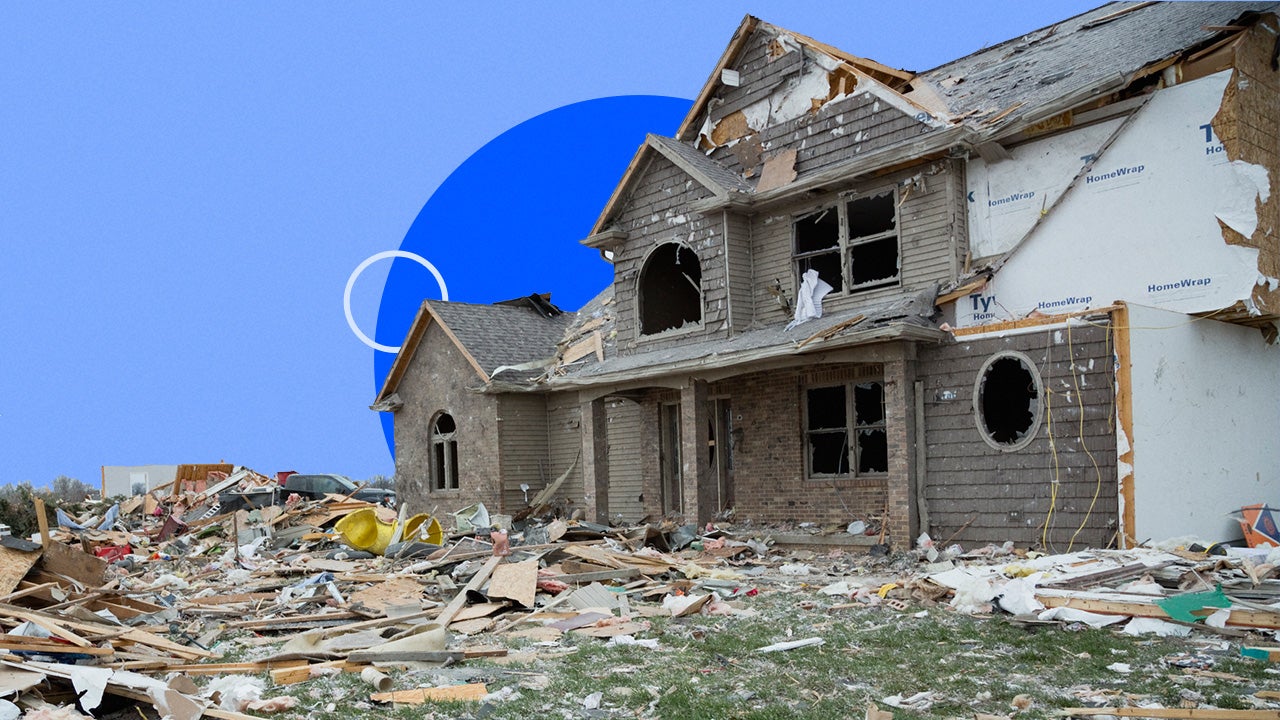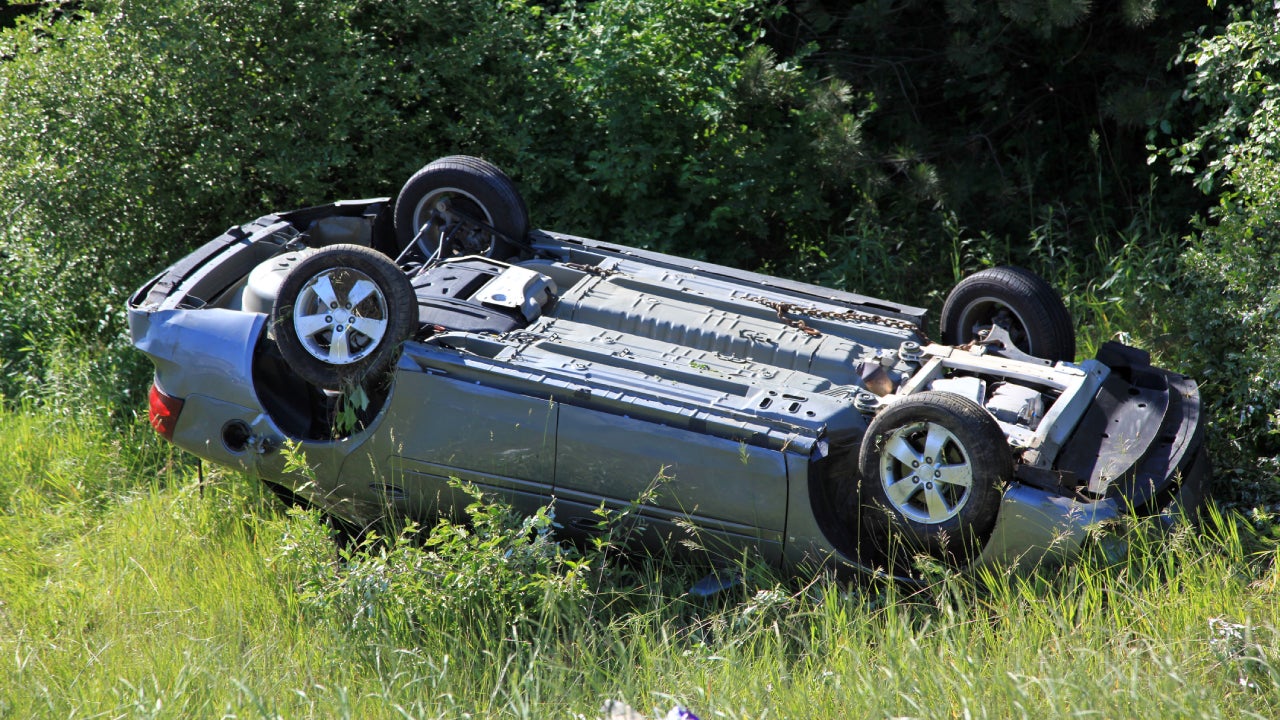Loss assessment coverage




One advantage of having a home insurance policy is being able to customize your coverage with riders, or endorsements, to your specific needs. If you live in a homeowners association (HOA) community, one endorsement worth considering is loss assessment coverage. It can help cover your share of costs if the HOA charges members for damages or liability that aren’t fully covered by the association’s master policy. Understanding what a loss assessment is and what the coverage includes can help you decide whether it’s the right addition to your policy.
What is loss assessment coverage?
If you belong to a condo or homeowners association, the HOA takes out a master or HOA insurance policy. This insurance product covers damages to common areas and buildings in your neighborhood. For instance, if you live in a single-family home development, this area might include common spaces like a swimming pool, tennis courts, playground and amenity center. A condo or townhome community’s policy might cover the residential structure itself, but not individual units.
If your HOA goes over its policy limit to repair damage or provide services, or needs to recoup the cost of a high master policy deductible, it may pass the extra cost onto its members. However, if you purchase loss assessment coverage — a condo or home insurance policy endorsement — you could be protected from these additional costs. Typically, loss assessment coverage provides coverage against damage, liabilities and deductibles, although exact coverage varies among insurers.
What is covered under loss assessment coverage?
Although the details of a loss assessment coverage may differ from provider to provider, most include protection from three kinds of losses.
Damage assessments
When a common area in an HOA is damaged by a covered peril, the HOA’s master policy typically covers the damages. If the repair costs exceed the limit of coverage in the master policy, however, the HOA may assess members and require them to pay the difference. If the damages cost more than what the master policy will pay for, loss assessment coverage in an individual condo or homeowners insurance policy could cover the cost assessed to members.
Usually, HOAs will divide the remaining cost evenly among HOA members, but not all HOA bylaws or master policies are the same. It’s important to read the details in your contract or policy carefully before moving into an association community so that you are aware of all the costs you may be required to pay. If the master HOA policy is unclear, ask your association to clarify any areas that are confusing. You should request a copy of the master policy so that you can review it with your insurance agent before determining what individual coverage you need to purchase.
Liability assessments
Liability assessments include accidents in a common area. For example, when someone is injured in a common area of a residential development, such as the amenity center, parking garage, playground, swimming pool or tennis court, they might sue the HOA for damages. The HOA master policy typically has coverage for these instances. Once again, though, the cost of the settlement could exceed the liability limit in the master policy.
If liability damages that the HOA is held legally responsible for exceed the policy limits, members may be assessed for the remaining cost. The loss assessment coverage on your homeowners or condo owners insurance policy could protect you from having to pay these costs out of pocket.
Deductible assessments
When an HOA purchases a master policy, it also needs to choose a deductible amount for coverage. A deductible is how much the policyholder, which would be the HOA in this case, will pay out of pocket in a claim.
If the HOA’s common areas are damaged and the HOA has a high deductible, the cost of repair may be less than the deductible. In this case, the master policy will not cover the damages and the HOA might assess members to pay for the costs of repair. The HOA may also place a special assessment on owners for having to pay the deductible, even if the claim is covered by the master policy. Loss assessment coverage can help to protect members from deductible assessments by paying the member’s share of the cost up to the limit of the coverage.
Do I need loss assessment coverage?
Insurance is a highly personalized product and loss assessment coverage is no exception. If you are a home or condo owner with an HOA, consider if you need coverage for financial protection before you purchase a loss assessment endorsement.
To help you determine whether or not to purchase loss assessment coverage from your home insurance provider, you might ask yourself:
- Could I financially cover the additional costs if a risk assessment occurs?
- Is loss assessment coverage already included in my home insurance policy?
- How does my HOA handle assessments?
- How much would loss assessment coverage cost if I added it to my policy?
- How much loss assessment coverage do I need?
Consider this scenario when determining if loss assessment coverage is right for you and how much to purchase. If a storm causes $500,000 in damage to the amenities in a shared area and an HOA master policy only has $400,000 in coverage, there is an excess of $100,000 that would likely be assessed to the homeowners. If the policy has a high deductible of $25,000, the association may also assess the cost of the deductible among the owners in the community. Loss assessment coverage could help you to cover the cost of your share of the assessment.
How to buy loss assessment coverage
Loss assessment coverage is offered by most home insurance providers. When signing up for a condo, townhome or homeowners insurance policy, loss assessment will typically be offered by the provider as an optional coverage that can be added to your policy as an endorsement.
When deciding how much coverage to purchase, consider the number of residents in your neighborhood and what kind of common areas the HOA provides. Common areas can include swimming pools, playgrounds, the lobby, elevators, parking lots and other places people may get injured or could be costly to repair. These factors could increase the chances of an assessment and increase the amount of that assessment.
Frequently asked questions
Why we ask for feedback Your feedback helps us improve our content and services. It takes less than a minute to complete.
Your responses are anonymous and will only be used for improving our website.
You may also like

What is additional living expenses coverage?

What is total loss car insurance?

Insurance company ratings explained

